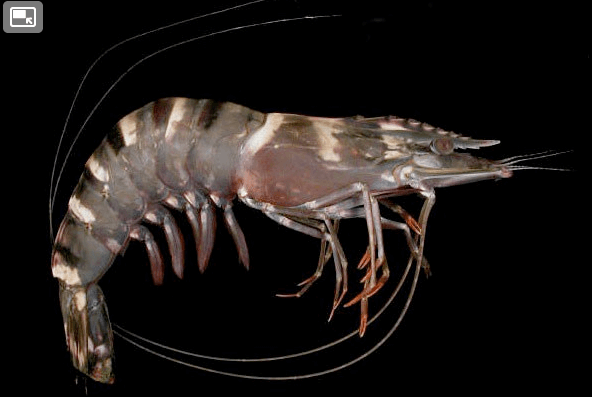
Cannibal shrimp. That doesn’t sound too appetizing, but is it harmful to the environment?
Researches are concerned after finding “cannibal shrimp” in US waters. The shrimp are native to Indo-Pacific, Asia and Australian waters, but now they have been found in the United State’s Gulf Coast.
“Cannibal shrimp” is just a nickname for Asian tiger shrimp. They get their name for eating its shrimp brethren.
Although they have been found in US waters over the past decade, they’ve never been spotted in such large groups. Cannibal shrimp are 10 times more prevalent now in the US’s Gulf Coast, according to the U.S. National Oceanic and Atmospheric Administration, or NOAA.
“And they are probably even more prevalent than reports suggest, because the more fisherman and other locals become accustomed to seeing them, the less likely they are to report them,” Pam Fuller, a U.S. Geological Survey biologist, told CNN.
Female cannibal shrimp have been observed to lay anywhere from 50,000 to million eggs, which can hatch in 24 hours, IBTimes.com reports. They can grow up to 13-inches long.
“Researchers from the U.S. Geological Survey (USGS) and NOAA are now working with state agencies from North Carolina to Texas to look into whether these shrimp carry disease, compete for the same food source, or prey directly on native shrimp,” NOAA said. “An investigation is also underway to determine how this transplanted species reached U.S. waters, and what is behind a recent rise in sightings of the non-native shrimp.”
Scientists do not known how cannibal shrimp made their way to US waters and are worried about what having the Asian tiger shrimp in the Gulf Coast will do to the ecosymstem.
“As with all non-native species, there are concerns over the potential for novel avenues of disease transmission and competition with native shrimp stocks, especially given the high growth rates compared with other species,” NOAA said.
Nearly 2,000 cannibal shrimp from a South Carolina acqua-culture facility were accidentally released into the wild in 1998, according to CNN.



































